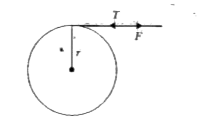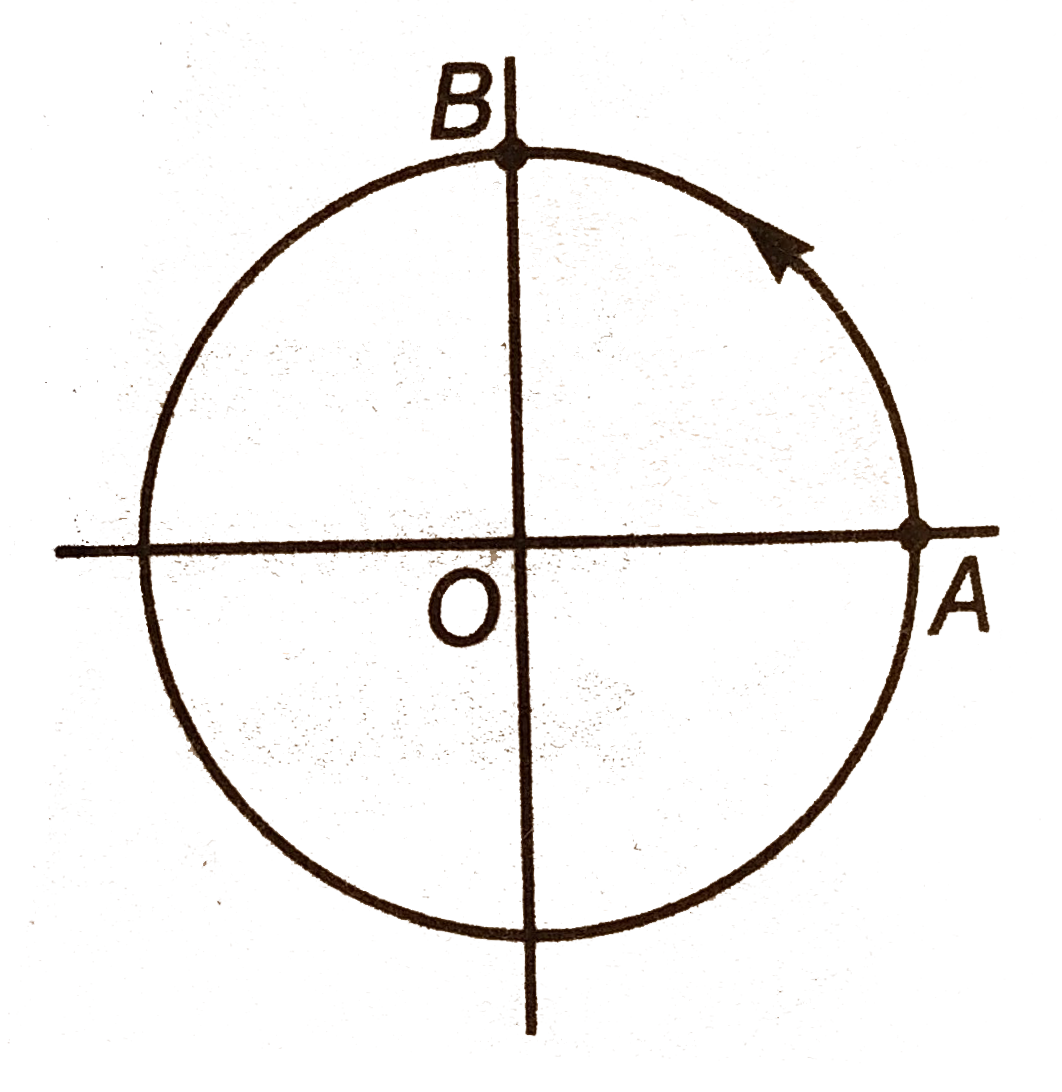State, for each of the following physical quantities, if it is a scalar or a vector. Volume, mass speed acceleration, density, number of moles, velocity, angular frequency, displacement, angular velocity.
To classify each of the given physical quantities as either a scalar or a vector, we will analyze each quantity based on its definition:
1. Volume:
- Classification: Scalar
- Reason: Volume has only magnitude (e.g., 5 liters) and does not have a direction.
2. Mass:
- Classification: Scalar
- Reason: Mass also has only magnitude (e.g., 10 kg) and does not possess direction.
3. Speed:
- Classification: Scalar
- Reason: Speed indicates how fast an object is moving but does not specify the direction (e.g., 60 km/h).
4. Acceleration:
- Classification: Vector
- Reason: Acceleration has both magnitude and direction (e.g., 9.8 m/s² downward).
5. Density:
- Classification: Scalar
- Reason: Density is defined as mass per unit volume (e.g., 1.2 g/cm³) and does not have direction.
6. Number of Moles:
- Classification: Scalar
- Reason: The number of moles is a count of particles and has only magnitude (e.g., 2 moles).
7. Velocity:
- Classification: Vector
- Reason: Velocity includes both speed and direction (e.g., 50 m/s to the north).
8. Angular Frequency:
- Classification: Scalar
- Reason: Angular frequency measures how quickly something rotates and has only magnitude (e.g., 2π rad/s).
9. Displacement:
- Classification: Vector
- Reason: Displacement is the change in position and has both magnitude and direction (e.g., 10 meters east).
10. Angular Velocity:
- Classification: Vector
- Reason: Angular velocity indicates the rate of rotation and has both magnitude and direction (e.g., 3 rad/s counterclockwise).
Summary of Classifications:
- Scalars: Volume, Mass, Speed, Density, Number of Moles, Angular Frequency
- Vectors: Acceleration, Velocity, Displacement, Angular Velocity
- Classification: Scalar
- Reason: Volume has only magnitude (e.g., 5 liters) and does not have a direction.
- Classification: Scalar
- Reason: Mass also has only magnitude (e.g., 10 kg) and does not possess direction.
- Classification: Scalar
- Reason: Speed indicates how fast an object is moving but does not specify the direction (e.g., 60 km/h).
- Classification: Vector
- Reason: Acceleration has both magnitude and direction (e.g., 9.8 m/s² downward).
- Classification: Scalar
- Reason: Density is defined as mass per unit volume (e.g., 1.2 g/cm³) and does not have direction.
- Classification: Scalar
- Reason: The number of moles is a count of particles and has only magnitude (e.g., 2 moles).
- Classification: Vector
- Reason: Velocity includes both speed and direction (e.g., 50 m/s to the north).
- Classification: Scalar
- Reason: Angular frequency measures how quickly something rotates and has only magnitude (e.g., 2π rad/s).
- Classification: Vector
- Reason: Displacement is the change in position and has both magnitude and direction (e.g., 10 meters east).
- Classification: Vector
- Reason: Angular velocity indicates the rate of rotation and has both magnitude and direction (e.g., 3 rad/s counterclockwise).
- Scalars: Volume, Mass, Speed, Density, Number of Moles, Angular Frequency
- Vectors: Acceleration, Velocity, Displacement, Angular Velocity
Topper's Solved these Questions
- BOOK - VMC MODULES ENGLISHCHAPTER - INTRODUCTION TO VECTORS & FORCES EXERCISE - level 175videos
INTRODUCTION TO VECTORS & FORCES
- BOOK - VMC MODULES ENGLISHCHAPTER - INTRODUCTION TO VECTORS & FORCES EXERCISE - level 265videos
INTRODUCTION TO VECTORS & FORCES
- BOOK - VMC MODULES ENGLISHCHAPTER - GRAVITATIONEXERCISE - JEE Advance (Archive) TRUE/FALSE1videos
GRAVITATION
- BOOK - VMC MODULES ENGLISHCHAPTER - JEE MAIN - 5EXERCISE - PART I : PHYSICS (SECTION - 2)5videos
JEE MAIN - 5
Similar Questions
Knowledge Check
- Question 1 - Select One
Which of the following quantity remains constant in a uniform circular motion:
(a) velocity
(b) speed
(c) acceleration
(d) both velocity and speedAvelocityBspeedCaccelerationDboth velocity and speed
Which of the following options is representing average energy per unit volume of a travelling wave? (Where rho is density, omega is angular frequency, A is amplitude)
View SolutionClassify the following as scalars and vectors :
Time
Distance
Displacement
Force
Work
Torque
Velocity
Speed
Acceleration
MassView SolutionState whether the following quantity is a scalar or vector ?
(a) pressure (b) force
(c) momentum (d) energy
(e) weight (f) speed.View SolutionA uniform disc of mass of 0.50 kg and radius 0.20 m lies on one side initially at rest on a frictionless horizontal surface. A constant force of 3 N is then applied tangentially at its perimeter using a light weight cord wrapped aroutid its edge. What is the (i) angular acceleration (ii) angular velocity and angular displacement after 2s ?
 View Solution
View SolutionClassify the following as scalars and vector quantities: a.Time period b. Distance c. Displacement d.Force e. Work f. Velocity g.Acceleration
View SolutionAssertion: A particle is rorating in a circle with constant speed as shown. Between point A and B , ratio of average acceleration and average velocity is angular velocity of particle about point O .
Reason: Since speed is constant, angular velocity is also constant.
 View Solution
View SolutionState which of the following situations are possible and give an example for each of these :
(a) An body with a constant acceleration but with zero velocity.
(b) An object moving with an acceleration but with uniform speed
(c) An object moving in a certain direction with an acceleration in the perpendicular direction.View Solution

